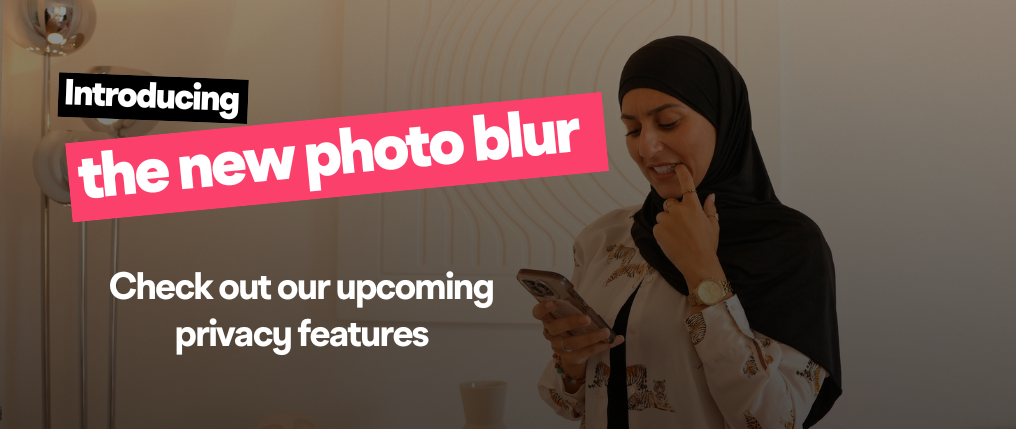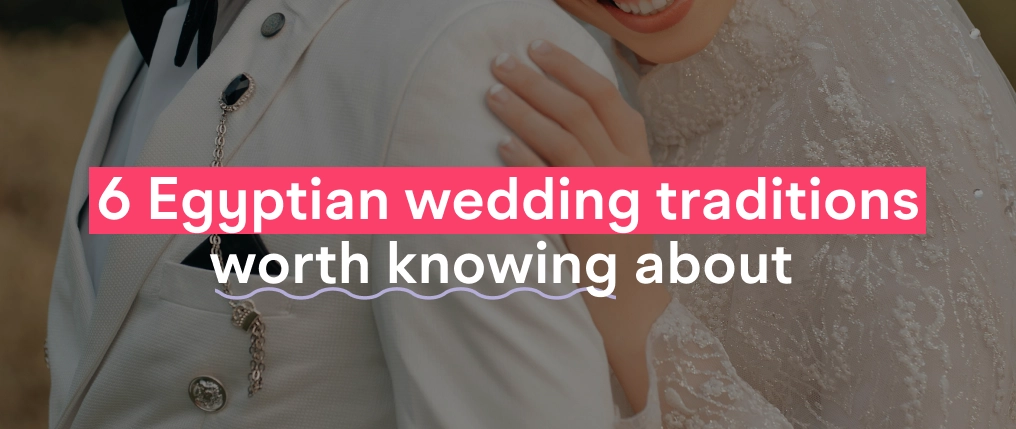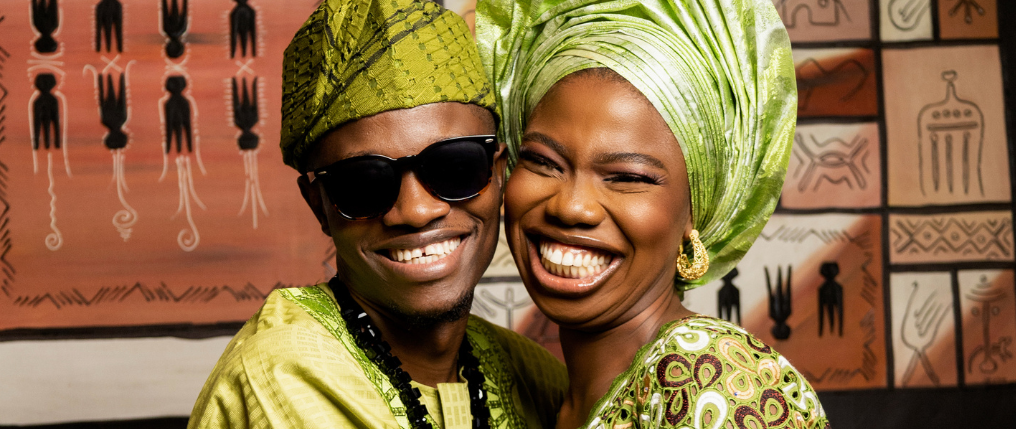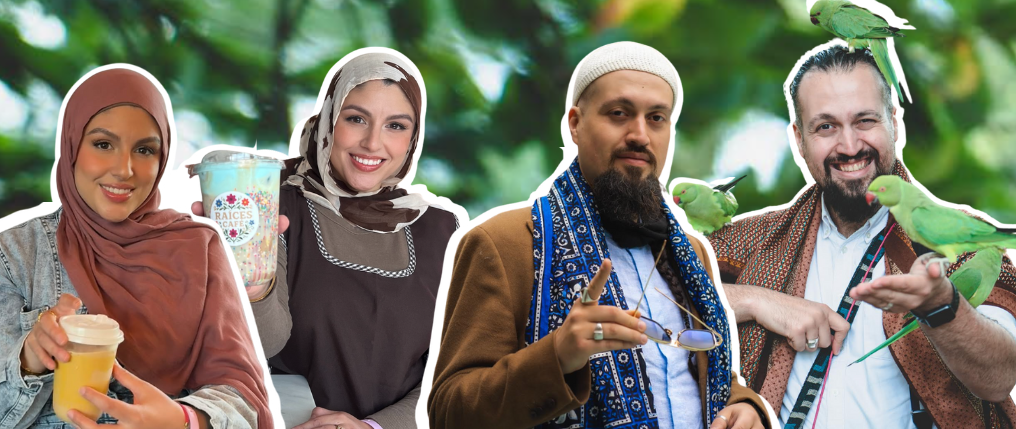
6 Egyptian wedding traditions worth knowing about
November 7, 2023

When it comes to weddings, few ceremonies around the world blend tradition, culture, and love as beautifully as an Egyptian wedding. Steeped in rich history and infused with centuries-old customs, Egyptian weddings are a breathtaking tapestry of moments that fuse the sacred with the joyous.


Looking for your soulmate?
You won’t find your soulmate on this blog post but you might find them on Muzz - the world’s biggest Muslim dating and marriage app.
From the spirited Zaffa procession to the solemnity of the marriage contract, the Egyptian wedding day is a unique blend of ancient rituals and modern celebrations.
Get ready to explore this enchanting journey, where love shines through every carefully woven tradition.
Table of contents
1. The engagement day (Khotoobah)
2. Mahr
3. Henna party (Laylat Al-hinna)
4. Marriage contract (Katb Ketab)
6. Zaffa
What to wear to an Egyptian wedding
Who pays for the wedding in the Egyptian culture?
1. The engagement day (Khotoobah)

On the engagement day also known as Khotoobah which takes place prior to the Egyptian wedding, the groom and his family, all dressed up, head over to the bride’s place. Why? Well, they want to officially ask for the bride’s hand in marriage.
Related content: The complete guide to a Muslim wedding
And guess what? They bring gifts! And not just any gifts, but jewellery and fancy clothes. It’s a way of showing how serious they are about the whole thing.
Plus, it’s a chance for the families to get to know each other better. Once the bride’s family says, “Yeah, we’re down with this,” the engagement becomes official, and the wedding planning kicks into high gear.
So, Khotoobah is a pretty special day in the world of Egyptian weddings.
2. Mahr

Alright, let’s talk about “Mahr” at a Muslim Egyptian wedding. It’s a requirement for marriage but it also shows love and commitment.
So, Mahr is a special gift from the groom to the bride. This gift could be money, jewellery, or something they agree on. It’s not just a random present; it’s given with a lot of thought and respect.
Related content: Mahr in Islam – A Guide for Muslims
The cool thing is that it’s the bride’s right, and it’s meant to provide her with some financial security. It’s a symbol of the groom’s responsibility towards his wife.
Now, the idea behind Mahr is beautiful. It’s not about how fancy or expensive the gift is; it’s about the sentiment behind it. It’s a way of saying, “I’m here for you, and I’m serious about this marriage journey.”
Related content: What happens at an Arabic wedding
So, at a Muslim Egyptian wedding, when you hear about Mahr, know that it’s not just a tradition; it’s a symbol of love, care, and commitment between the bride and groom.
3. Henna party (Laylat Al-hinna)

The Henna party, also known as “Laylat Al-Hinna” is a super fun and colorful pre-wedding celebration.
So, here’s the scoop: a few days before the wedding, the bride and her closest pals and family members get together for this special night. The highlight? Henna, of course!
Related content: Attending a Henna Party as a Guest? Here’s Your Essential Guide
They apply this beautiful henna paste to the bride’s hands and feet in intricate designs. It’s not just about looking fancy; it’s got meaning. Henna symbolizes beauty and good luck, and it’s also said to protect the bride from any evil eye. So, it’s like a double win – looking gorgeous and warding off bad vibes!
But here’s the best part – it’s not just about henna. It’s a full-on party! There’s music, dancing, and tons of laughter. Everyone’s dressed to impress, and the atmosphere is just electric.
Related content: How to prepare a Moroccan wedding
The bride usually wears a stunning traditional Egyptian dress, making her the star of the night. Laylat Al-Hinna is all about celebrating love, joy, and the upcoming marriage. It’s like a sneak peek of the grand celebration to come, and it’s a cherished part of the whole wedding experience in Egypt.
4. Marriage contract (Katb Ketab)

The heart of the wedding day is the marriage ceremony, where the bride and groom sign the marriage contract (Katb Ketab) in the presence of a religious authority.
During the wedding celebration, there’s this moment where the bride and groom, along with some witnesses and a religious authority or sheikh, get together to sign what we call the marriage contract.
Related content: Everything you need to know about Nikkah
This piece of paper spells out all the nitty-gritty stuff about the marriage, like who’s responsible for what, and it’s got the dos and don’ts for both the husband and wife.
This contract isn’t just some piece of paper; it’s a serious deal. It’s not just about the legal stuff; it’s also about the spiritual stuff. By signing it, the couple is saying, “We’re in this together, for real, in front of Allah and our community.”
Related content: Tunisian wedding: 7 days and nights of beautiful traditions
The signing of the contract is often accompanied by prayers and Quranic recitations, emphasising the sacred nature of the commitment being made. It’s a moment of solemnity and celebration, where the bride and groom take a significant step towards building their life together as a married couple, guided by their faith and tradition.
5. Wedding rings

In a Muslim Egyptian wedding, the exchange of wedding rings is not a traditional or religious requirement, as it is in some Western wedding ceremonies. Instead, the focus is primarily on the signing of the marriage contract and the giving of the Mahr (dower) as symbols of the marriage commitment.
Related content: What to expect at an African wedding as a first-time guest
While wedding rings are not a part of the core Islamic wedding ceremony in Egypt, some modern Egyptian couples may choose to incorporate the exchange of rings into their wedding celebrations as a symbol of their love and commitment to each other. This practice is influenced by Western customs and is becoming more common, especially in urban areas and among younger generations.
6. Zaffa

The “Zaffa” is an animated procession that typically marks the arrival of the bride and groom at the wedding venue in a Muslim Egyptian wedding. It’s one of the most vibrant and joyous parts of the celebration.
Here’s what happens during a Zaffa:
Traditional Music and Dance
The Zaffa begins with the sounds of traditional Egyptian music, including the beating of drums and the playing of traditional instruments like the tabla (drum) and mizmar (a reed instrument). These lively tunes set the celebratory mood.
Dancers and Performers
Professional dancers, musicians, and entertainers often lead the Zaffa procession. They wear colourful and ornate costumes, adding to the festive atmosphere. Some may balance objects like swords or candelabras on their heads, showcasing their skill.
Related content: Algerian wedding: 8 traditions you don’t want to miss
Attire of the Bride and Groom
The bride and groom are typically dressed in their wedding attire. The bride often wears a stunning bridal gown, while the groom may be in traditional Egyptian attire or a Western-style suit.
Traditional Ululations
As the Zaffa moves along, guests may join in by making traditional ululations, which are joyful and celebratory vocal expressions often made with a loud, high-pitched sound called “zaghareet.”
Dancing and Celebration
The bride and groom, along with their families and close friends, join the Zaffa procession, dancing and celebrating as they make their grand entrance to the wedding venue.
Related content: Exploring Walima: A detailed overview and guide
Arrival at the Venue
The Zaffa typically culminates at the wedding venue, where the actual wedding ceremony and reception will take place.
What to wear to an Egyptian wedding

Guests at a Muslim Egyptian wedding typically dress in semi-formal to formal attire, depending on the specific invitation and the venue.
Here’s what you might expect guests to wear:
For Men
Men often wear suits or dress shirts and trousers. A tie or a traditional Egyptian men’s outfit, like a galabiya or a thobe, may also be worn.
Some guests may opt for more traditional attire, especially if the wedding has cultural or regional influences. Traditional Egyptian clothing includes the “jellabiya” or “gallabiya,” which are loose-fitting robes.
For Women
Women typically wear elegant dresses or gowns. The style and colour of the dress may vary, but it is usually modest, covering the shoulders and knees.
Women often accessorize with jewellery and may wear a headscarf or a hair covering, depending on their personal preferences and religious beliefs. It’s essential for women to consider modesty in their attire, as it aligns with Islamic cultural norms.
Related content: 7 traditions to know before attending a Lebanese wedding
It’s worth noting that while these are common guidelines, the dress code can vary depending on the formality of the wedding, the location, and the specific preferences of the couple and their families. Guests should also consider the religious and cultural aspects of the event and dress respectfully in accordance with Islamic traditions.
Who pays for the wedding in the Egyptian culture?

In Egyptian culture, it is generally expected that the groom and his family will cover the costs of the wedding. This includes expenses related to the wedding ceremony, reception, and associated celebrations.
The groom is traditionally responsible for providing the Mahr, which is a gift for the bride, as well as bearing the costs of the wedding venue, catering, entertainment, and other wedding-related expenses.
However, it’s essential to note that modern Egyptian weddings can vary, and some families may adopt more flexible arrangements when it comes to covering wedding expenses. In some cases, the bride’s family may choose to contribute to certain aspects of the wedding, such as the bride’s attire or specific elements of the celebration.
Ultimately, the division of wedding expenses can depend on individual family dynamics, financial circumstances, and mutual agreements between the families of the bride and groom.
It’s essential for both families to have open and respectful communication to determine how to share the financial responsibilities for the wedding, ensuring that all parties are comfortable with the arrangements.
Conclusion
In conclusion, an Egyptian wedding is a remarkable testament to the enduring traditions and vibrant culture of this ancient land. It’s a day where centuries-old customs find a place alongside the joyous celebrations of love and commitment.
From the intricate henna designs of Laylat Al-Henna to the lively Zaffa procession and the sacred marriage ceremony, every moment is a brushstroke on the canvas of a beautiful and memorable wedding day.

